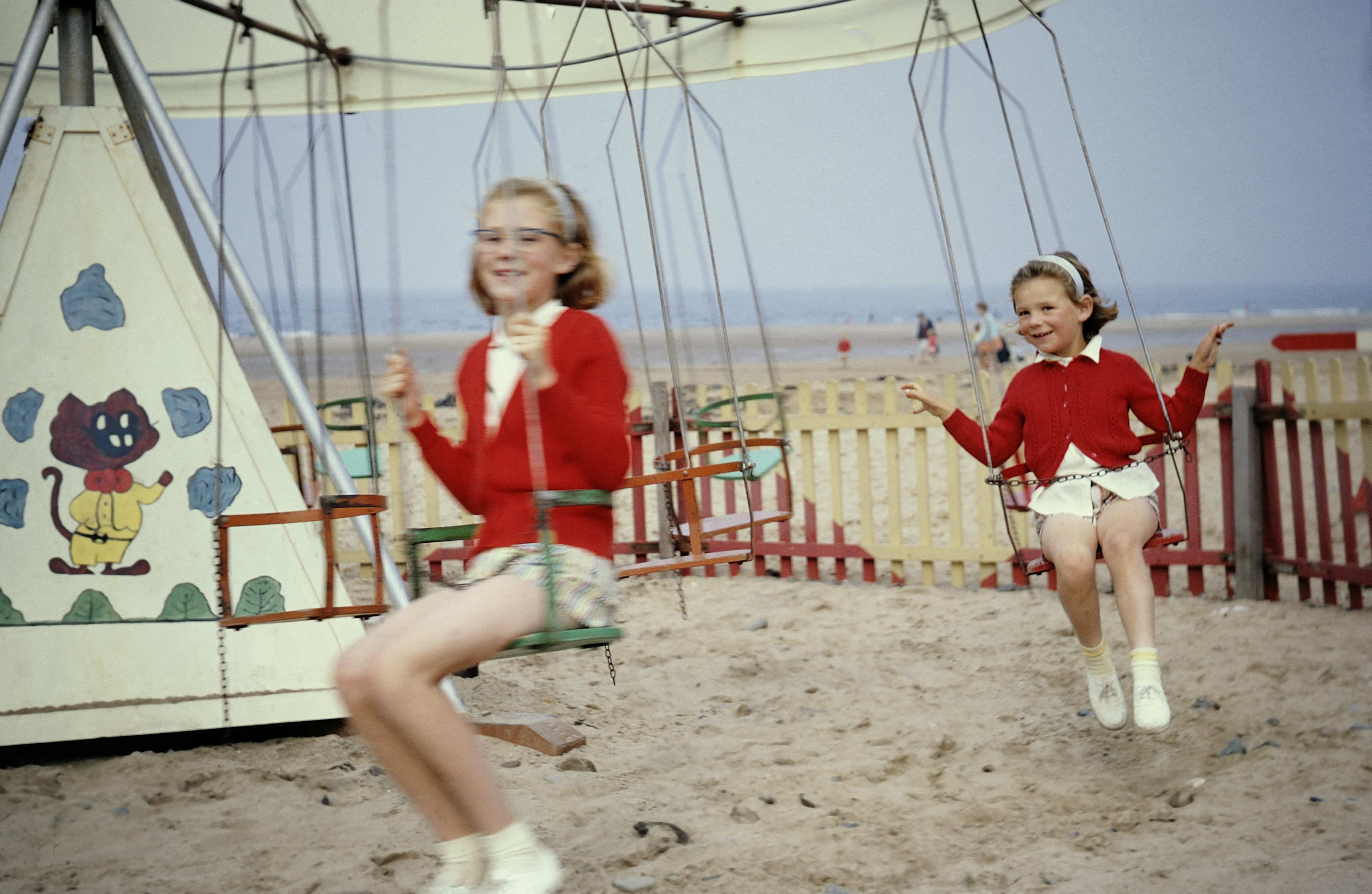1929: Laying the Foundations
Just weeks after the Wall Street Crash, seven Rotterdam businessmen formed a syndicate to invest peoples’ savings and manage money collectively. They named it the Rotterdamsch Beleggings Consortium, later shortened to Robeco. They thought stocks had hit at a low point, but due to the Great Depression, they lost half their money in the first two years. However, they persevered, laying the foundations for the modern Robeco.










